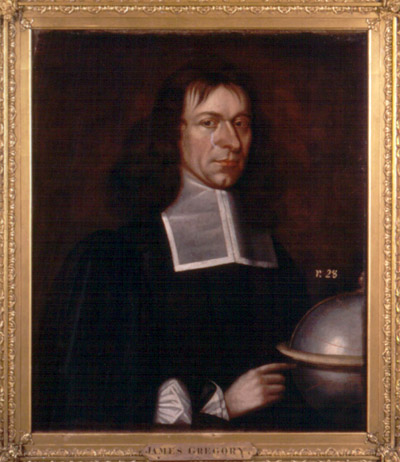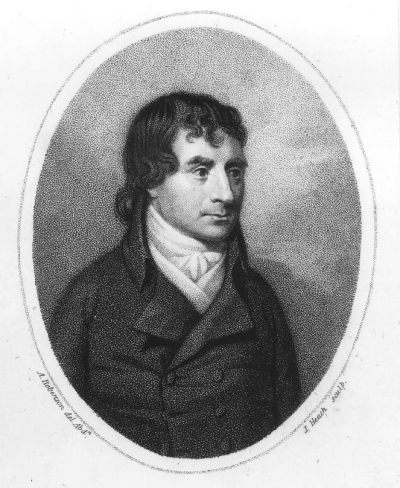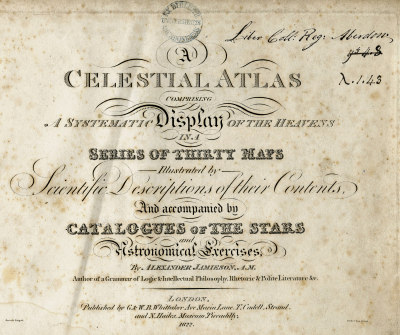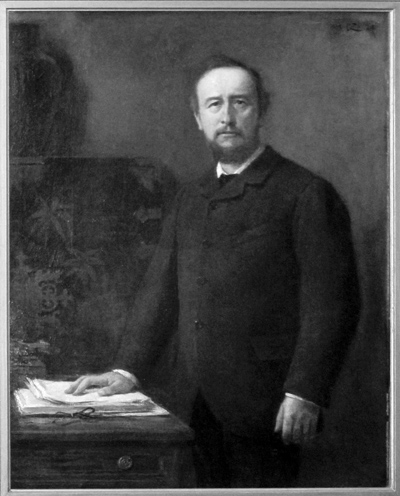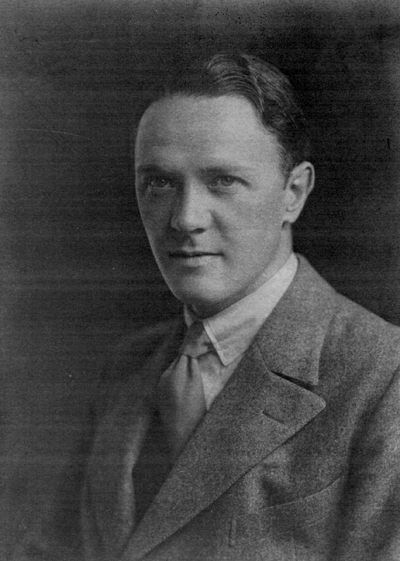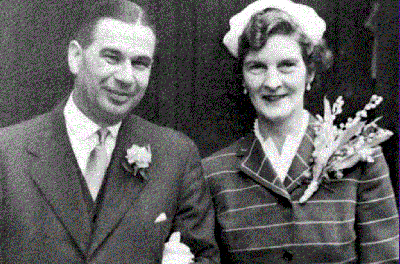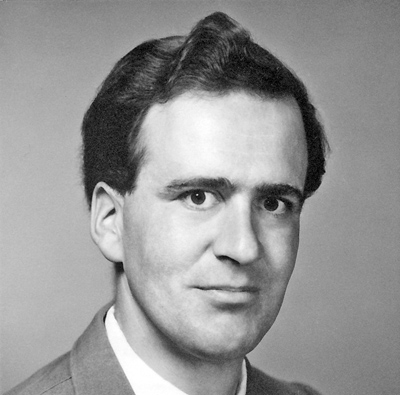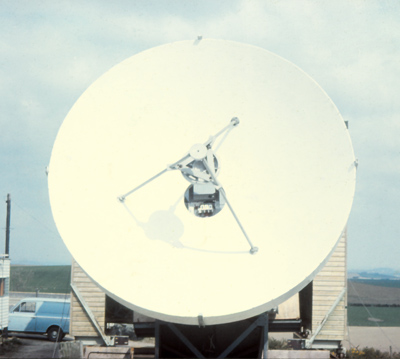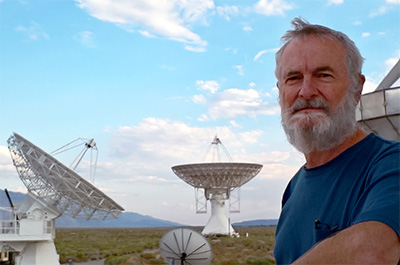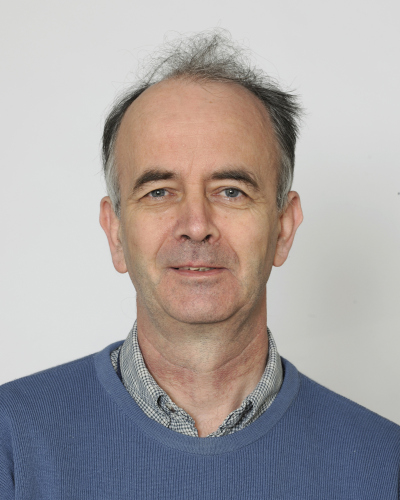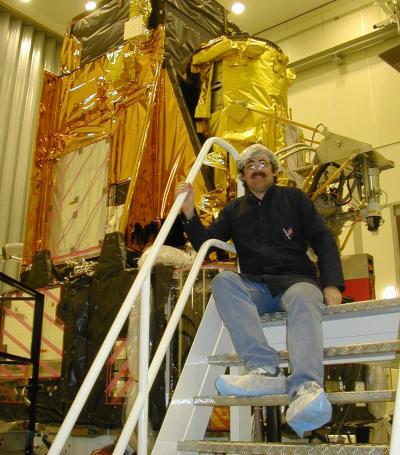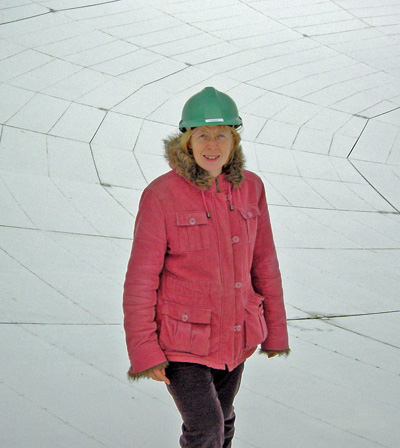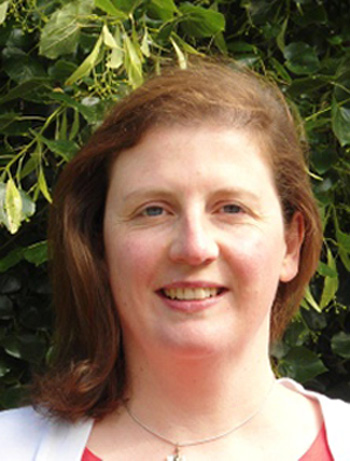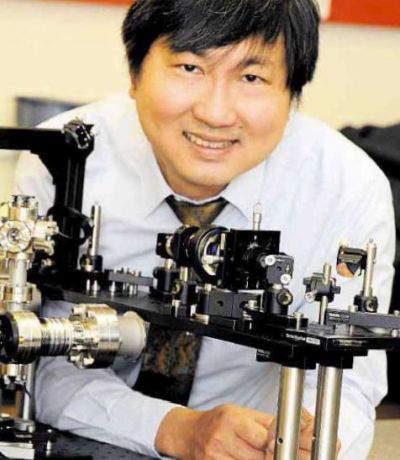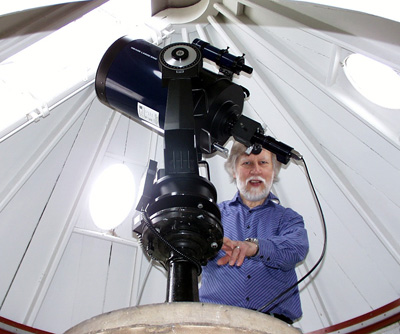University of Aberdeen Astronomers
Why, what, who
Since the 1600s, astronomy has been part of the subject of Physics and of the older and slightly broader topic of Natural Philosophy. Although we have no specialist degree in astronomy at Aberdeen, for a long time (over five centuries!) astronomy has been part of a student's course in Natural Philosophy. Indeed, Astronomy was taught from the foundation of King's College (where teaching began in the early 1500s) and was a designated subject in the Foundation Charter of Aberdeen's second university (Marishcal College), dating from 1593. Nowadays it can be studied here by a wide range of students specializing in many subjects. I've created this web page to provide a link between today's teaching and past students, graduates and staff at Aberdeen whose careers have included astronomy. If you are or have been a student at the University of Aberdeen, our heritage is your heritage.
Astronomy as a subject has changed over the centuries. Prior to the 17th century interest in the 'heavens' was mainly astrological, with its focus on the 5 known planets and the Sun and the Moon. The stars were pinpricks of light in the night sky, some of which were useful for determining latitude for travellers. The slow loss of faith in the validity of astrology in the 17th century, at least among the educated, was replaced by an increasing interest in understanding what laws underlay the motion of the planets and their positions in the sky, and by more sophisticated use of the stars for navigation. The improvement of stellar navigation was the main driving force in astronomy in the 18th and 19th centuries, responsible for the establishment of astronomical observatories in many countries. Astronomers may not have known much about stars but they could say that their subject was largely a practical one. The 20th century astronomer was a different person. The 20th century was the century of enlarging our horizons about the universe, about exploring the apparently ever wider range of objects that inhabit the universe, about understanding how stars work in enough detail to explain the ordinary and the extraordinary. The 20th century was about seeing our solar system for what it really is and realising that the star on our doorstep, the Sun, is both a window into general stellar behaviour and the controller of life on Earth that must be understood. Solar physics became a sizeable area of astronomy. The 21st century has brought astronomy even closer to home by including in astronomy extra-terrestrial influences on the Earth - meteorites and 'space weather', which affects all satellites in orbit and our upper atmosphere. Astronomy merges in the upper atmosphere with Geophysics and Meteorology. In short, all modern astronomers don't look at the stars. At the other end of the distance scale, cosmologists aren't interested in individual stars either, just the structure of the universe at large. The interests of the 21st century astronomer are hugely different from those of the 17th century astronomer.
My selection below is personal, though I have been influenced by those who have been Fellows of the Royal Astronomical Society, a major professional body for astronmers since 1820. You will find here a past President, a Vice-President, a Secretary, four Council Member, three journal editors, two gold medal winners and plain 'Fellows' of the RAS. There is a small overlap with my web page Aberdeen's Local Astronomical History, though that page contains mainly pointers to information sources and no images. I should add that a good many other staff not featured here have been Fellows of the Royal Astronomical Society. I personally know of staff in Mathematics, Engineering, Physics and Geology. No doubt there are and have been others. Aberdonian David Gregory (1659-1709), nephew of James Gregory and another Marischal College pupil, has an entry in The Biographical Encyclodaedia of Astronomers as a theorest, as does Colin Maclaurin (1698-1746), who was Professor of Mathematics at Marischal College. Also Professor at Marischal College was James Clerk Maxwell (1831-1879), whose work on elucidating the nature of Saturn's rings is very well known and whose work on the kinetic theory of gases is highly relevant to stellar atmospheres. The same encyclopaedia includes G P Thomson (1892-1975), professor of Natural Philosophy at the University in the 1920s and Nobel Prize winner. These four were all eminent scientists but I doubt if any would have written astronomer on their CV.
